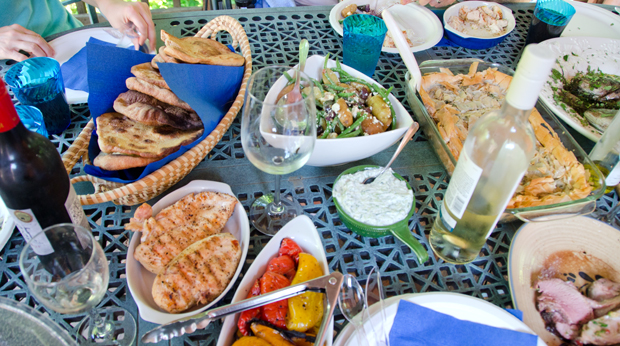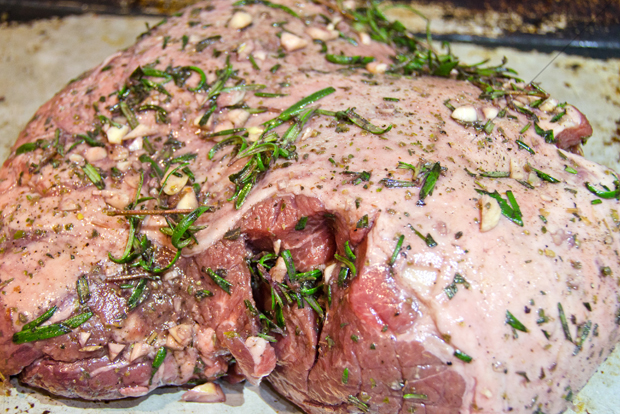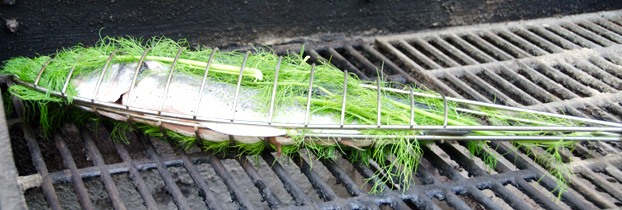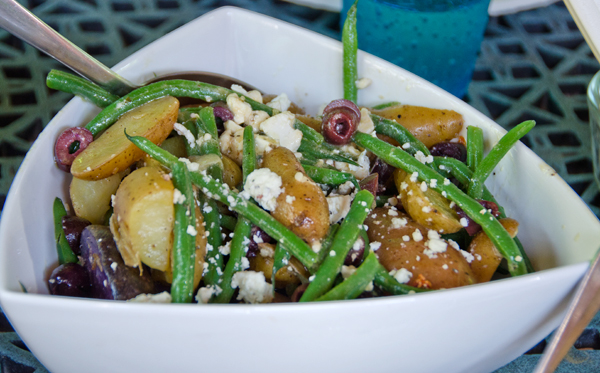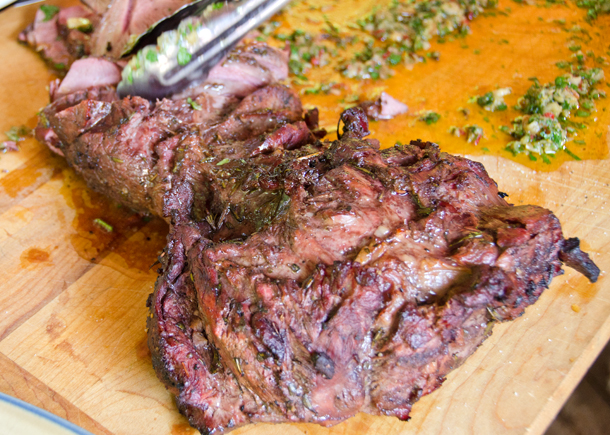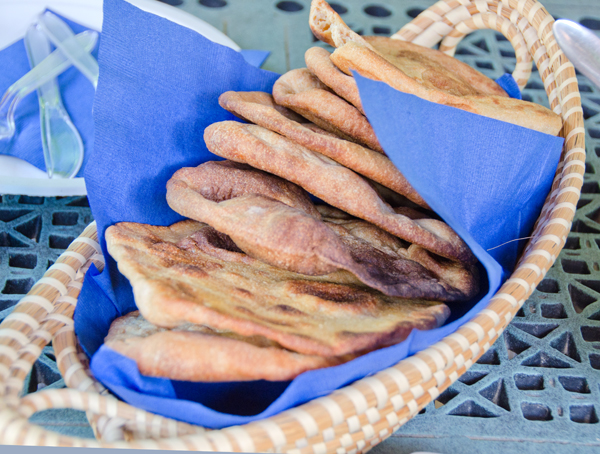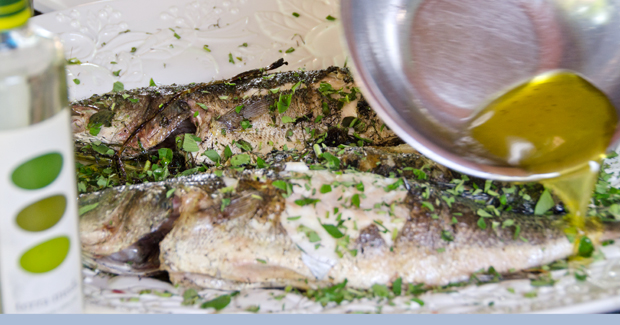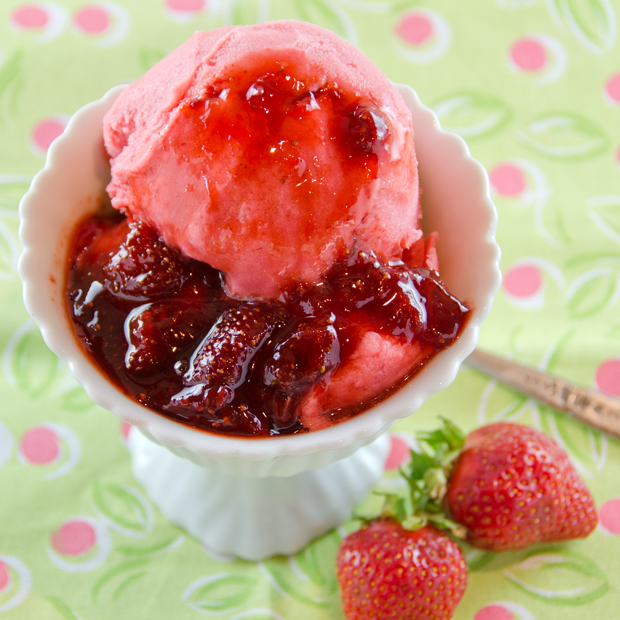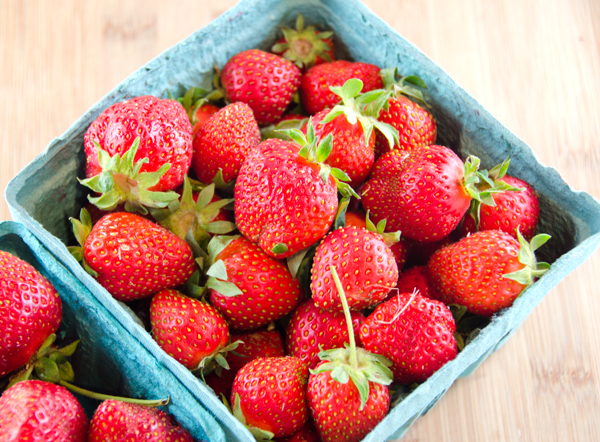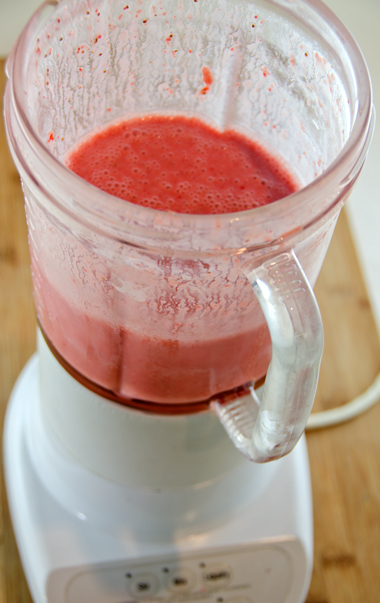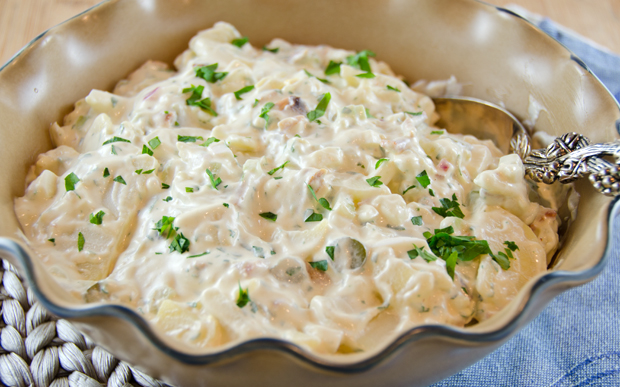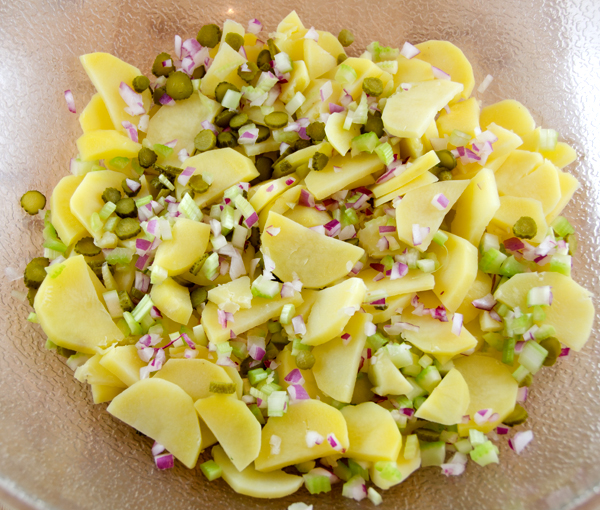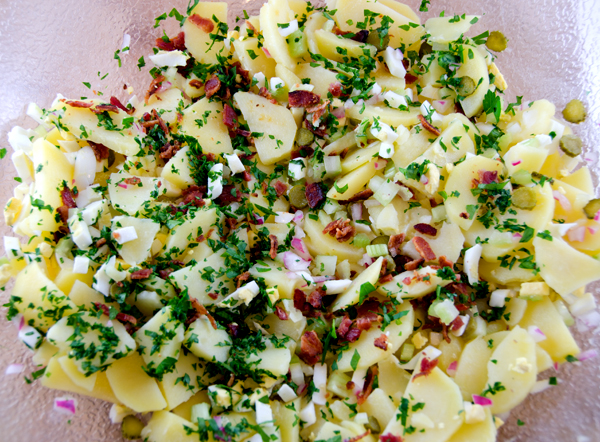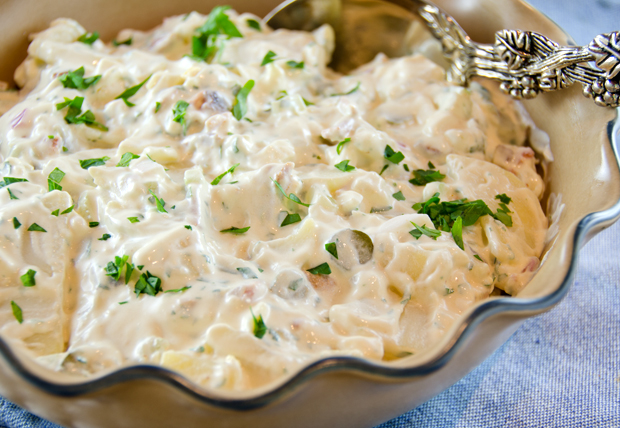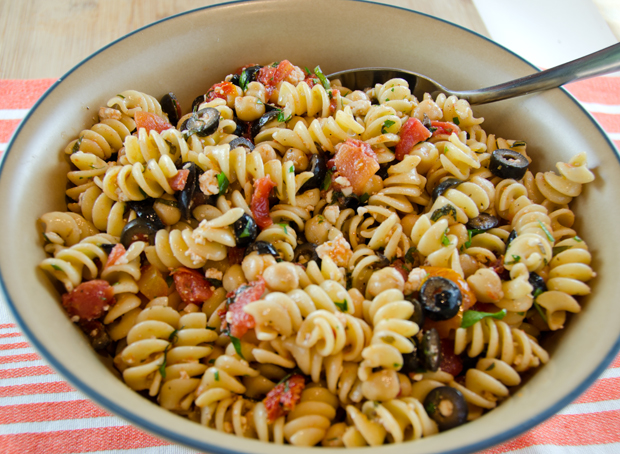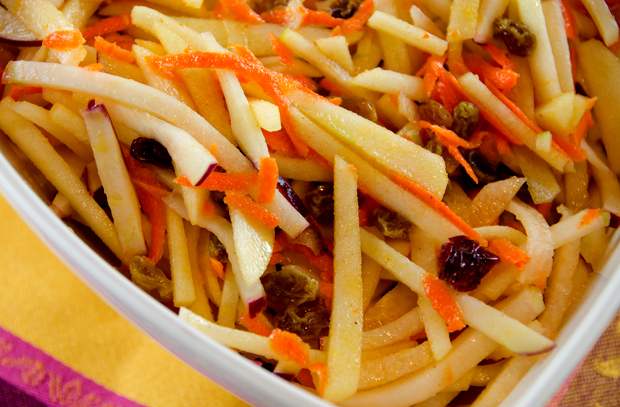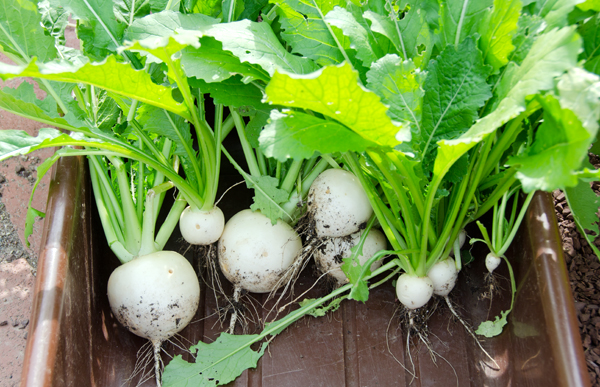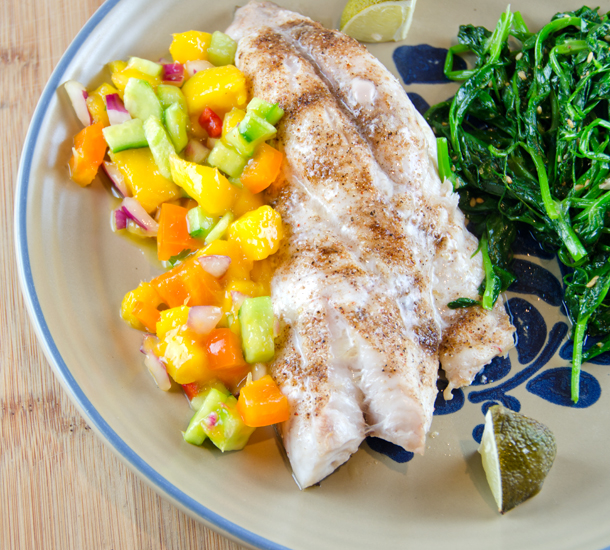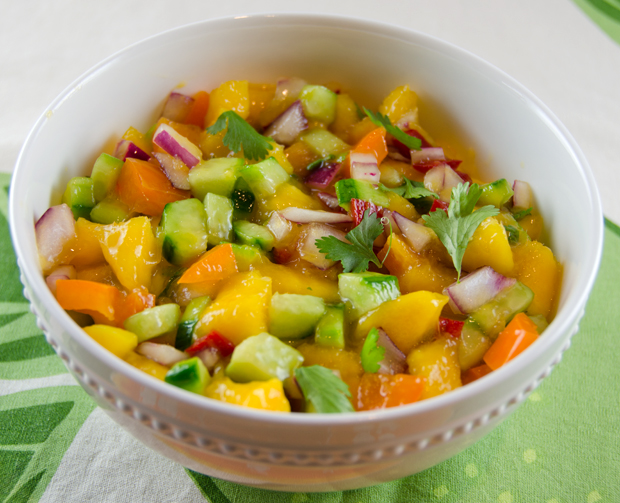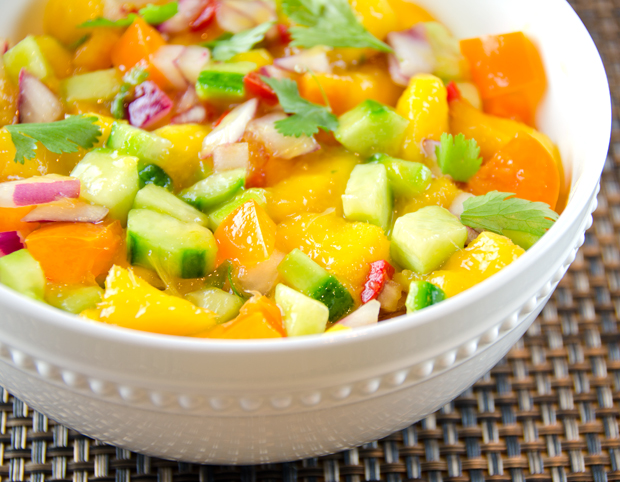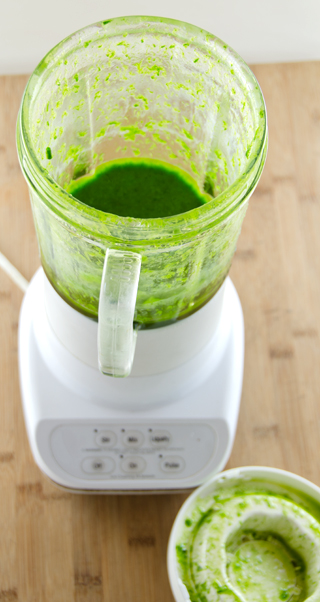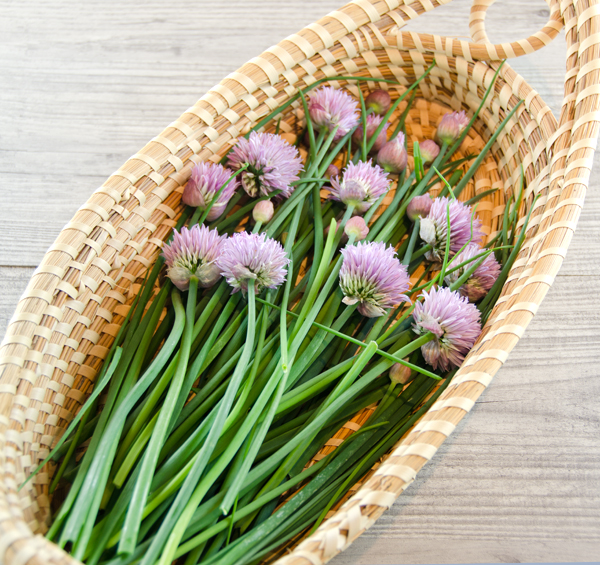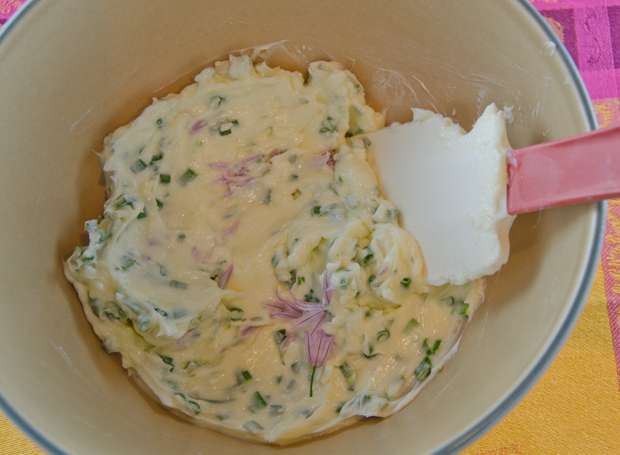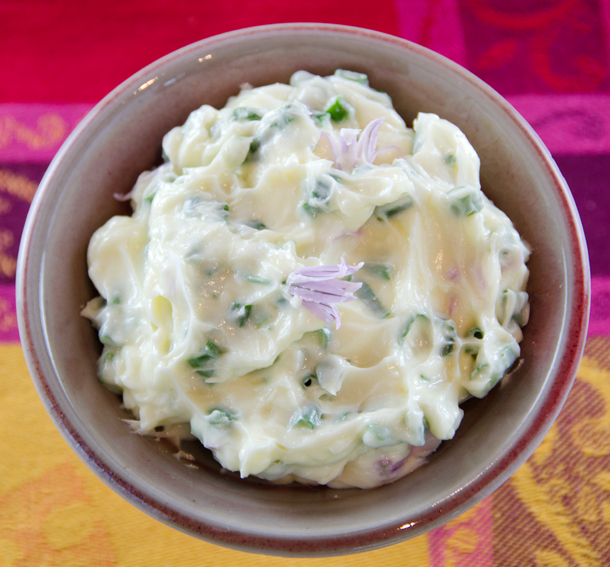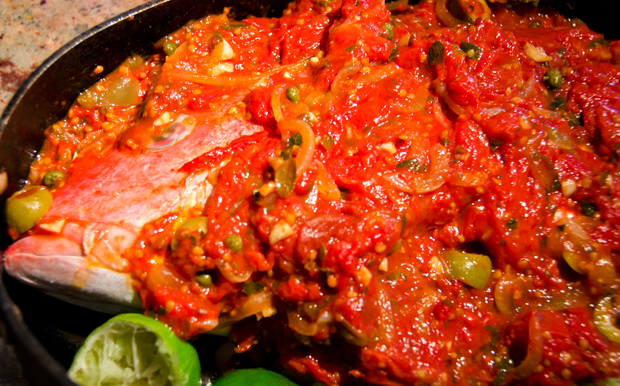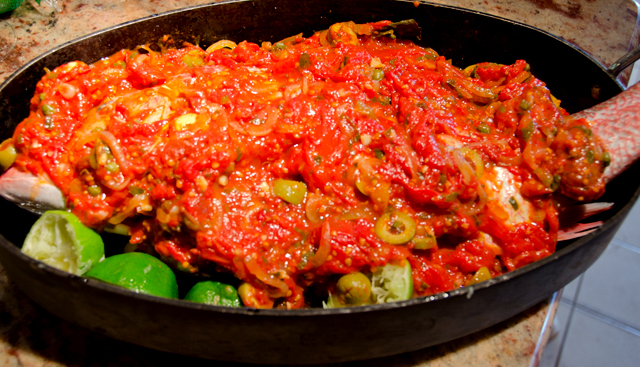An article in Fine Cooking on Korean barbecue inspired our most recent Sunday cookout. I admit I knew practically nothing about Korean food in spite of the fact that the two Asian markets I frequent are both Korean. When I shop at them I am usually buying ingredients to cook other Asian cuisines. When I am cooking Thai I am looking for my favorite brand of coconut milk, authentic curry pastes, fish sauce and green papayas. If it’s Japanese I’m looking for, then I head to the yuzu juice, kombu and nori. Our Chinese new year feast is the most challenging. Then I will be looking for sweet and spicy Chinese sausages, preserved vegetable, dried cole (that was a tough one..) and different varieties of soy sauces and pastes.
The Assi market is in North Wales. It is the larger of the two with an extensive produce section, seafood, meat (your pork is always ground fresh…) , rice cookers, pots, pans and a full food court. Until recently, I found it difficult to find help due to language barriers but this year an enterprising assistant manager actually helped me find an unusual ingredient. If you go there on the weekend, entire families from grandparents to toddlers shop together. It’s always an adventure and we usually buy twice as much as what we set out to purchase. There’s still a basil seed with honey flavored beverage in the fridge that caught Joe’s eye on our last trip.
H Mart is a bit closer and quite a bit smaller. It occupies space in a Levittown strip mall that also houses the Italian Peoples Bakery. The music is always interesting, I always seem to pay attention to supermarket music. Some weeks at the H Mart it’s obscure fifties pop, other weeks, Christian praise music in Korean and English. On my most recent trip, I enjoyed tunes from diverse artists ranging from U2 to Taylor Swift.There is also a large selection of Hispanic ingredients to service the growing population in this area. I can also count on it being cold, I am always sorry if I didn’t bring a sweater even on the hottest day in the summer. It’s a store where squid balls (frozen for your convenience) are just an aisle away from Happy Boy margarine.
For my first expedition to purchase Korean ingredients for our barbecue I wrote out a very detailed list. When I got to the store I thought it best just to take the magazine in the store with me in case I needed to refer to the pictures. I knew they had the flanken style beef ribs I needed for the kalbi. A bit more costly than most of the meat they sell, the ribs looked very red and pristine, well worth the price. Roasted sesame seed, another ingredient in a few of the recipes, is a staple in our house. I was not familiar with the Korean pastes. Dwenjang is a paste made from boiled and stone ground soybeans. It’s a stronger version of Japanese miso. I got a small container of that. Gochujang, a favorite of the “Chopped” basket, was an ingredient I have wanted to try for awhile. It’s made of glutinous rice powder, fermented soybeans and red peppers. It’s spicy, but not too spicy, a bit sweet and pungent from the fermented soybeans. I picked up the same size tub the dwenjang came in. Mul yut or malt syrup was a no-show. There was a space on the shelf for it, but it was empty. The light corn syrup would have to fill in. Now for the hard part, looking for the saeujeot or salted shrimp. I knew that fish sauce would be acceptable but I was going for authenticity. I think I went down some aisles twice with no luck. So I took a small detour to the back of the produce section to find the soy sprouts where I spotted the salted shrimp near the refrigerated kimchi. Another ingredient procured!!
I took my bounty to the checkout register, that was manned (womanned) by two Korean ladies. The one approvingly nodded to the other. She picked up the sauejeot and said “for Kimchi”. I showed her the magazine article and they both smiled. The next part of this adventure would be going home and cooking with these new ingredients.


